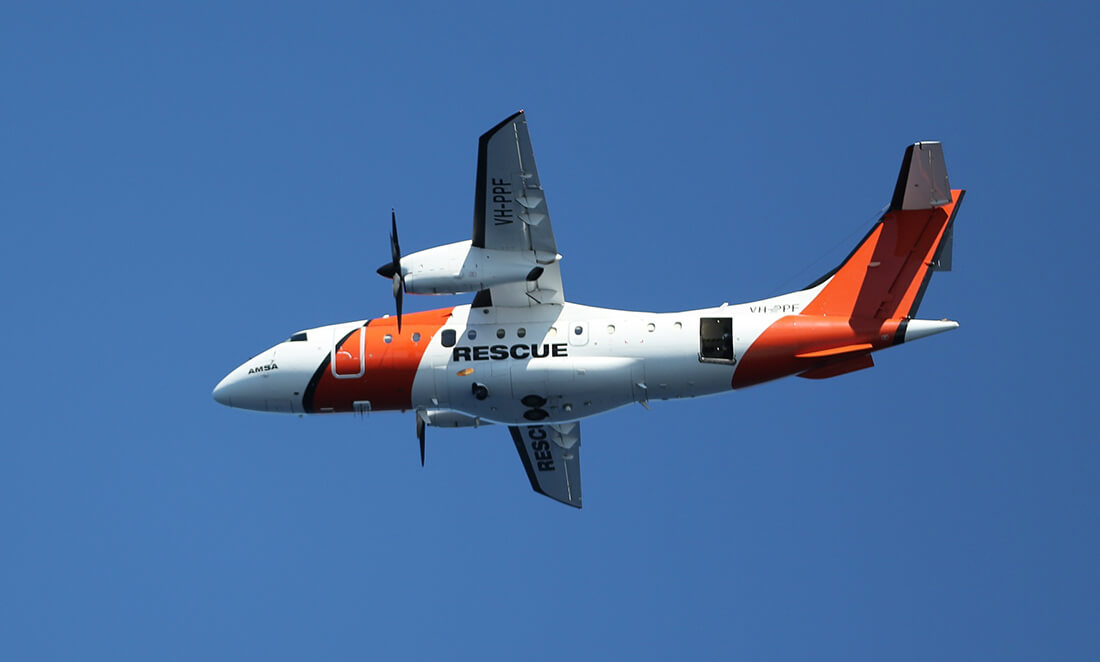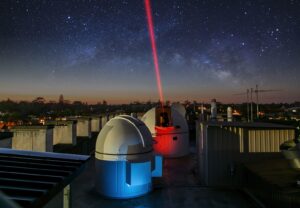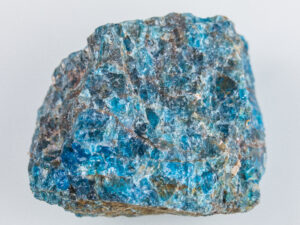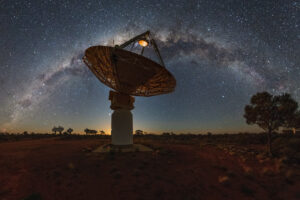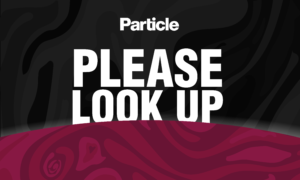Last financial year, there were more than 1000 search-and-rescue incidents in WA alone, with distress signals taking up to six hours to be detected by passing satellites.
Thanks to a speedy new global system, search-and-rescue response times are dropping.
The new system—called Medium-altitude Earth Orbit Search and Rescue, or MEOSAR— piggybacks on the satellites we already use for GPS, providing real-time coverage of activated distress beacons.
The system relies on a tracking ground station in Mingenew, Western Australia, which is one of only two such stations across Australia and New Zealand.
HOW MEOSAR WORKS: FAMILY RESCUED NEAR NINGALOO
In late August 2016, a family of four set out for a day’s fishing near Ningaloo, north of Coral Bay.
Their boat broke down, so with the sun already setting, they activated their Emergency Position Indicating Radio Beacon, known as an EPIRB, which broadcast a distress signal skyward.
Almost immediately, GPS satellites around 19,000–24,000 km above detected the signal, relaying it back to Earth.
This signal was detected by several of the six antennas at the Mingenew tracking station. Each antenna tracks a different satellite, so computers could use the data to triangulate the signal and calculate the EPIRB’s location.
Mingenew pinged this info across to search-and-rescue mission control, in Canberra.
AMSA officers in Canberra asked two nearby planes and a helicopter to help with the search. The helicopter was able to winch the family to safety, all before nightfall.
“The signal was picked up nearly an hour earlier than it would’ve been with the previous system,” says Christine Macmillian of the Australian Maritime Safety Authority. “We were able to respond to it before it grew dark.”
Thanks to MEOSAR, this sort of response time is becoming the new norm: the satellites can pinpoint a distress signal within ten minutes of it going off, 95% of the time.
ADVICE FOR ADVENTURERS
Seeking adventure this summer? AMSA recommends you:
- Carry some form of two-way communication
- Leave a plan of your trip with someone who can alert the authorities if things go wrong
- Register your GPS-equipped beacon (registration can also avoid expensive false alarms)
“And don’t forget to pack food, water, life jackets, flares…. all those good things,” Christine grins.
GLOBAL COOPERATION
Search-and-rescue satellites have so far helped save more than 40,000 lives from around the world since operations began in 1982. Australia’s share of search-and-rescue responsibility is approximately 53 million square kilometres or one-tenth of the Earth’s surface.



